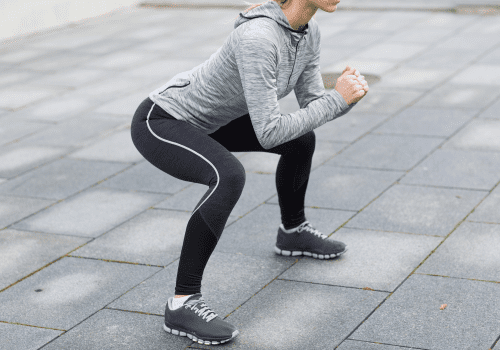
As a chiropractor I see patients dealing with back pain on a daily basis. Back pain is one of the most common and costly healthcare issues in the US. It is one of the most common reasons for missed work and the 2nd most common cause for a doctor’s visit in the U.S. It is the single leading cause of disability worldwide. “Most causes of back pain are mechanical or non-organic – meaning they are not caused by serious conditions, such as inflammatory arthritis, infection, fracture, or cancer.”(1)
In my clinic I see one of most common causes for people’s mechanical low back pain is improper bending and lifting technique. That’s right! There is a right way to bend over and a wrong way to bend over. I want to help as many people as possible not have to needlessly suffer with low back pain. So this blog is the 1st in a series designed to help you move better with less pain. There are many causes of low back pain so I will try to breakdown at least a few of the most common causes. The old saying, “Lift with your legs, not your back” is true. The best place to start is with the ground.
Many patients I work with have trouble keeping their feet flat on the ground while squatting or bending over to pick something up off the floor. Along with creating a smaller (more unstable) base it also shifts your knees forward in front of your toes changing your center of gravity and causing you to bend your knees at a much greater angle than necessary. Using the muscles in your backside will help you shift your hips back and keep your heels on the ground. Start by leaning her back on the wall with your feet 1-2 feet away from the wall and slide your back down the wall until your hips are as low as is comfortable. Squeeze the muscle in you backside and push yourself up while keeping your hips against the wall. This may be tough at first, but it will get easier with practice. Start easy with a quarter of the way down and gradually go deeper in sets of 10-20 reps. When sliding up and down the wall is easy. Step another step out so your back isn’t touching the wall and push your hips back until you “bump” your backside into the wall. These are called bump squats. Again, repeat in sets of 10-20 reps until you can comfortably sit your hips down to the same level as your knees while keeping your heels on the ground. Now you’re ready to squat in front of a chair or bench to do “box” squats. Welcome to the world of squatting!
Next time we’ll take a look at what to do if ankle pain or tightness if keeping those heels up in the air. Whether or not you have low back pain or not, learning to squat properly can improve your workouts (and with a few thousand reps) your health.


References:
- Back Pain Facts & Statistics
https://www.acatoday.org/Patients/Health-Wellness-Information/Back-Pain-Facts-and-Statistics



